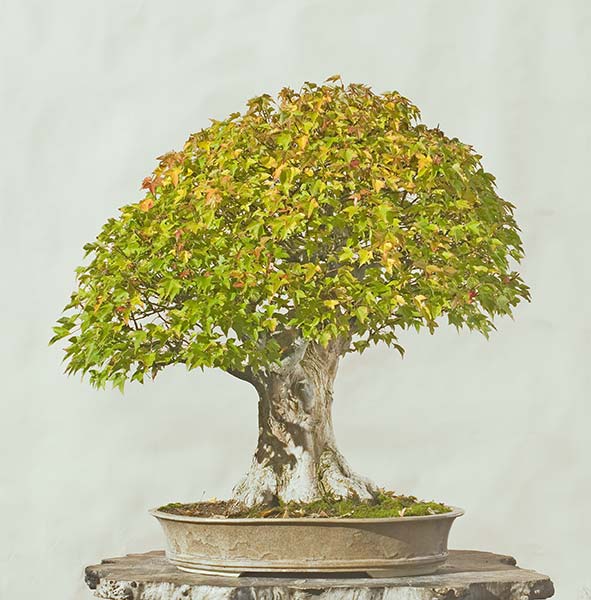This digital document is a journal article from Acta Oecologica, published by Elsevier in 2004. The article is delivered in HTML format and is available in your Amazon.com Media Library immediately after purchase. You can view it with any web browser.
Description:
The wild apricot (Prunus armeniaca) is widely distributed in the Donglingshan Mountains of Mentougou District of Beijing, China, where its seeds may be an important food resource for rodents. Predation, removal and hoarding of seeds by rodents will inevitably affect the spatio-temporal pattern of seed fate of wild apricot in this area. By marking and releasing tagged seeds of wild apricot, we investigated seeds survival, scatter-hoarding, cache size and seedling establishment, and the preference of micro-habitats used by rodents to store seeds. The results showed that: (1) rodents in this area hoarded food intensively in autumn, as well as in spring and summer. (2) There were significant effects of habitat and season on removal rate of tagged seeds at releasing plots. In both two types of habitats, Low and High shrub, tagged seeds were removed most rapidly by rodents in autumn, at intermediate rates in spring and least rapidly in summer. (3) During three seasons, mean dispersal distance of scatter-hoarded seeds in Low shrub habitat was greater than that in High shrub. Most removed seeds were buried within 21.0 m of the releasing plots. (4) In both two types of habitats, Low and High shrub, rodents tended to carry seeds to US (Under shrub) and SE (Shrub edge) microhabitats for scatter-hoarding or predation. (5) Among the caches made by rodents, most caches contained only one seed, but up to three seeds were observed; caches of 2-3 seeds were common in autumn. (6) By comparing dental marks, we determined that large field mice (Apodemus peninsulae) and David's rock squirrels (Sciurotamias davidianus) contributed to removal and predation of released tagged seeds. However, only the large field mice exerted a pivotal and positive role on the burial of dispersed seeds. (7) Establishment of three seedlings originated from seeds buried by rodents was documented in High shrub habitat.
Price: LOWEST PRICE
Click here to buy from Amazon
